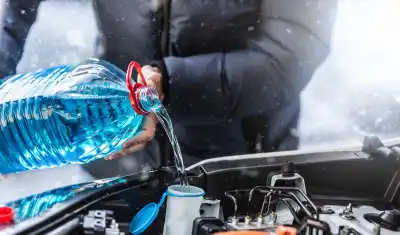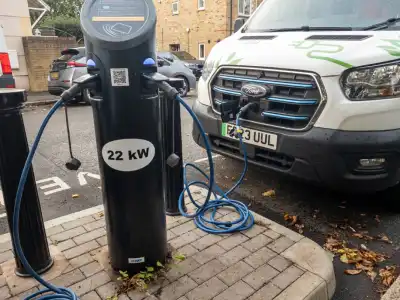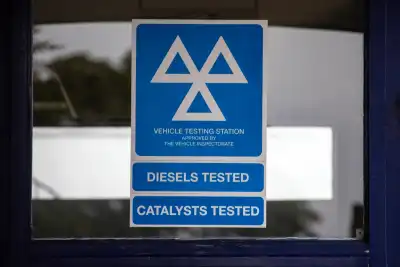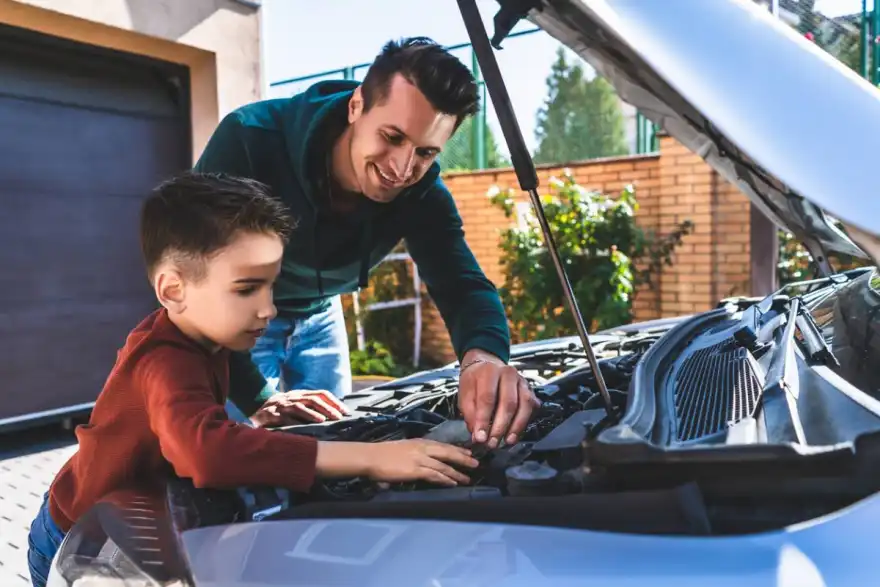
Ensure your car is safe, reliable, and ready for adventure via basic checks that take moments and are easy to understand. It is worth the effort. Countless issues that might make your car problematic on a journey can be recognised beforehand – then fixed.
Tyres
Tyres influence how your car brakes, handles, and rides so inspect them carefully. Look for damage such as bulges, cracks, and punctures. Consider tread depth, too. To be legal, each tyre requires at least 1.6mm of tread across the central 75% of the width, and around the circumference. Replace any substandard tyres.
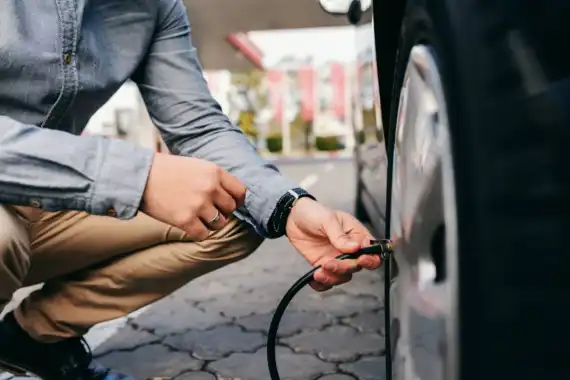
Engine oil
Engine oil cleans, lubricates, and cools critical components so running low can cause a lot of damage. Check the level via the engine dipstick. It should be between the minimum and maximum marks. If it is too low, add the correct type of oil without delay.
Front and rear lights
Blown light bulbs on your vehicle make it harder to see and be seen, so check throughout. When testing the brake and reversing lights, it is useful to have someone standing behind the car to watch as you work the controls. If this is not possible, reverse towards a shiny surface such as a window then look for reflections.
Engine coolant
Among other things, coolant stops the engine overheating and grinding to a halt. Check there is enough coolant via the minimum and maximum marks on the reservoir – once the engine is stone cold.
Wiper blades and screen wash
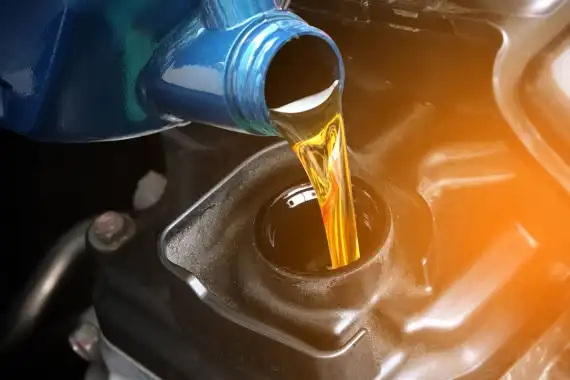
Wiper blades remove water, dirt, and leaves from your screen to help you see the road. However, they become less effective over time and need replacing. Typical signs of wear include leaving a lot of streaks, excessive vibration, and being too noisy. Also check that your vehicle has plenty of screen wash in its reservoir.
Brake fluid, discs, and pads
Your car requires enough brake fluid to stop safely. Check the level via the high and low marks on the reservoir. If you can see through the wheels, inspect the brakes themselves too. A heavily worn disc has a large lip around its circumference. Heavy scoring on the flat surface is another sign of wear. A badly worn pad is also easy to spot. It is much, much thinner than a new counterpart.
Battery
The car cannot work properly without a good battery. Check it is securely installed and that there is no corrosion on the terminals.

